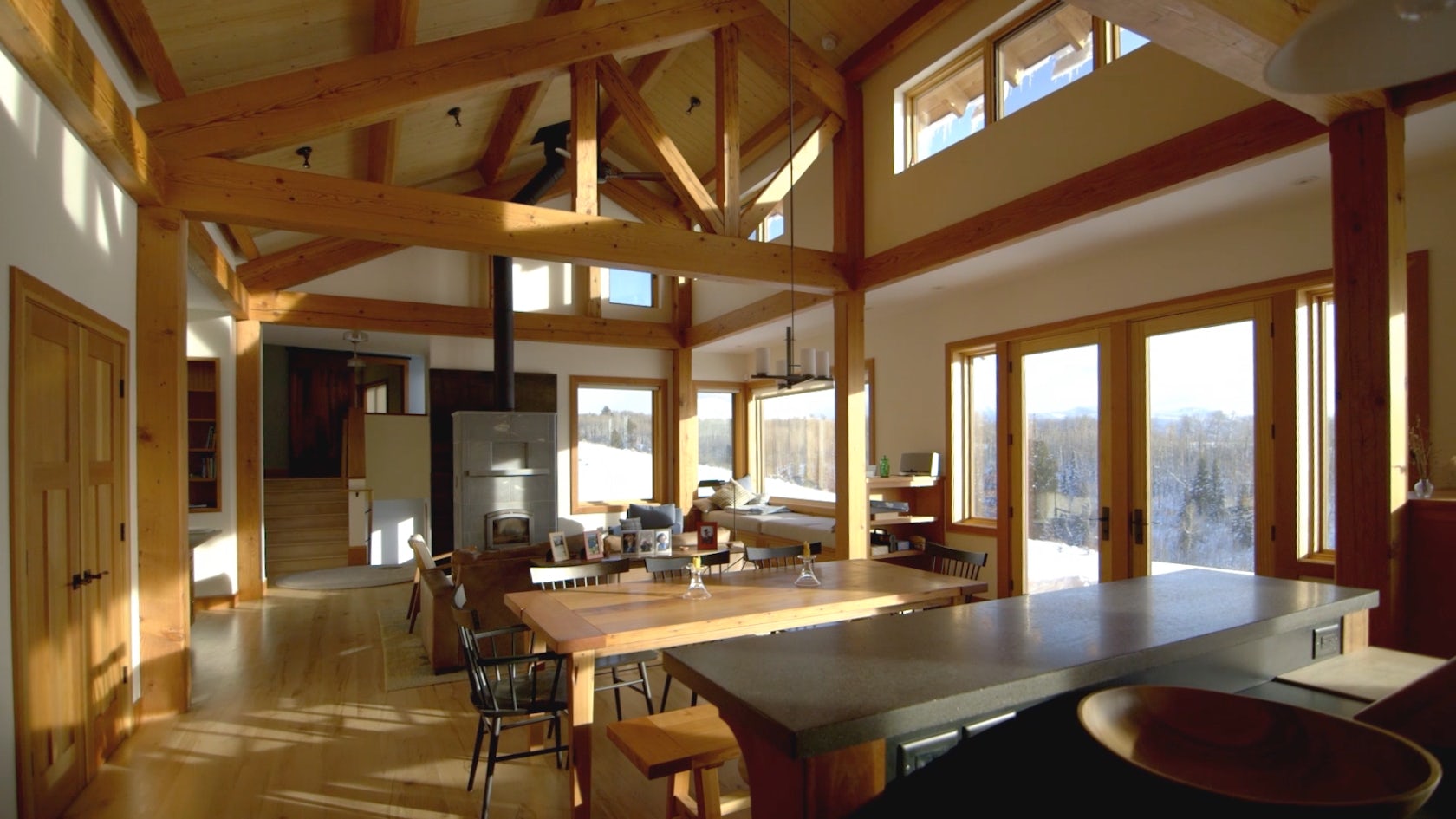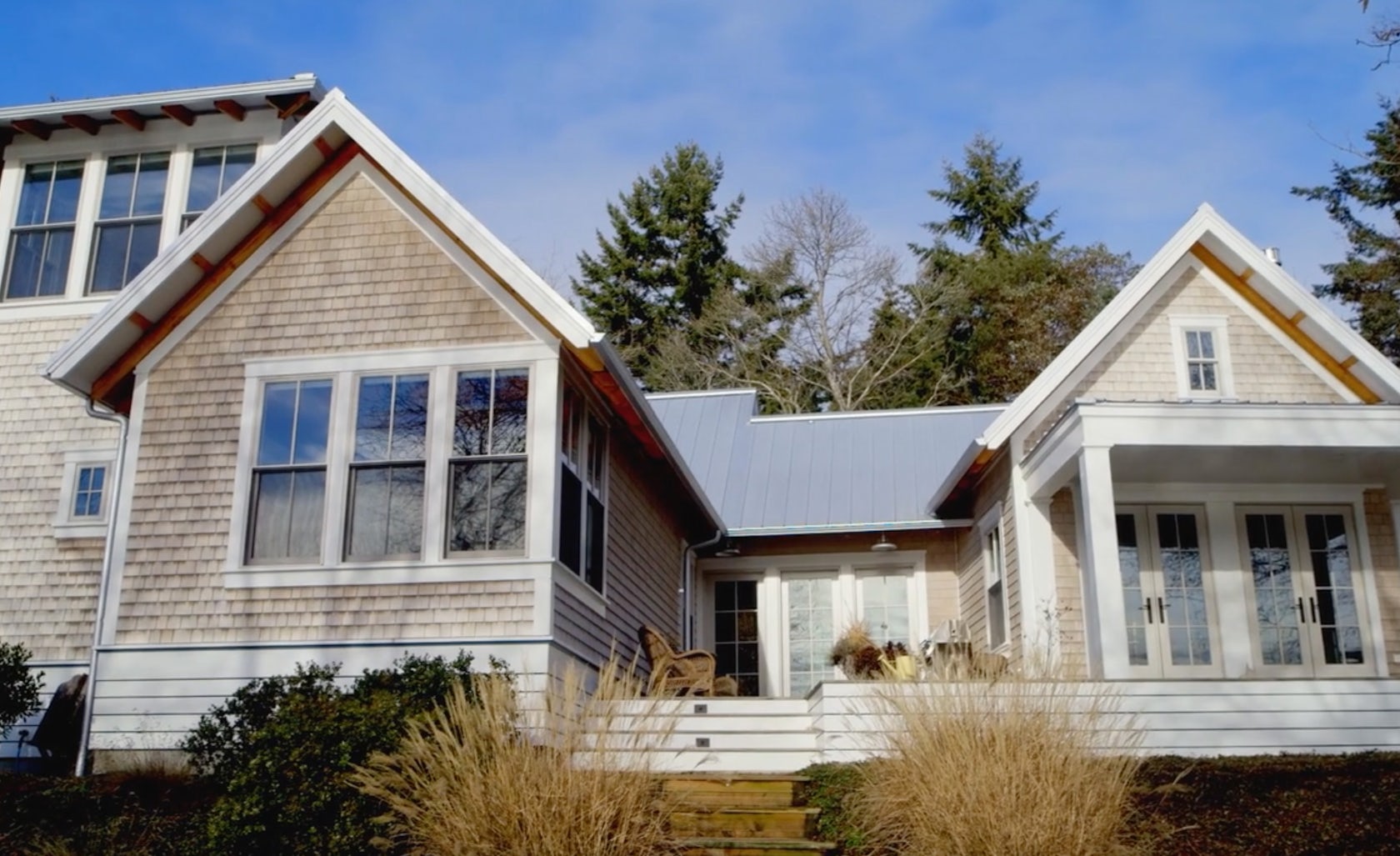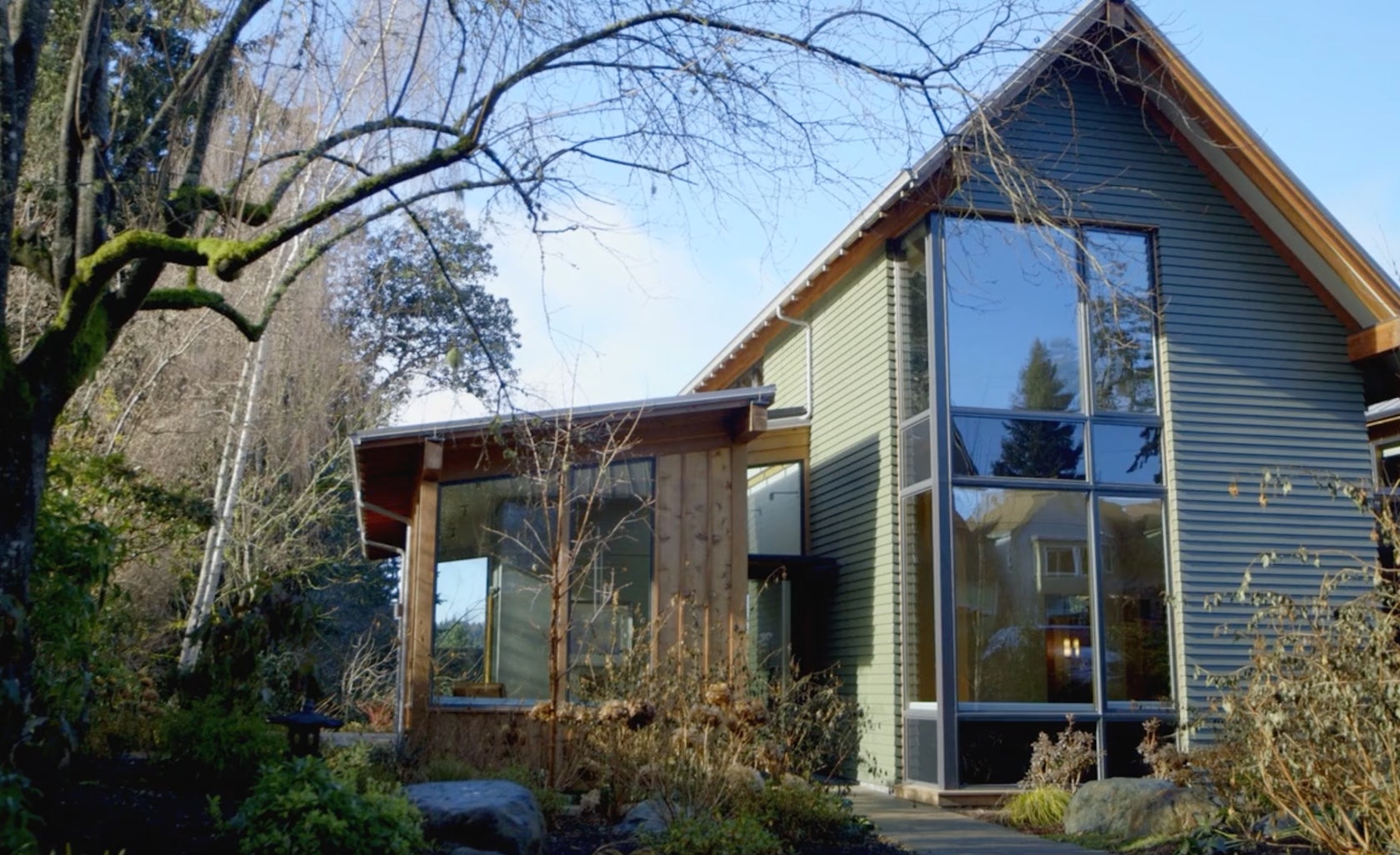Behind Pella® windows and doors are craftspeople who create each custom product with passion, attention to detail, innovation and the customer in mind. As a premier manufacturer of made-to-order products, Pella offers exceptional construction, state-of-the-art technologies and an extensive selection of design options.
Sustainable design doesn’t just happen overnight — it comes with great planning, passion and intention. And when you’re a custom builder in the historic Yellowstone and Grand Teton national parks region, sustainable designs must also meet the challenges that come with building in an incredibly unique environment.
Using an array of old wood materials, custom builder John McIntosh of Snake River Builders creates smart, sustainable homes that not only connect to the history of the land, but also enhance it in new, practical ways. His secret to building sustainable solutions that work?
“Being sustainable is more than just reclaiming, reusing and recycling — it’s about letting the site drive the design,” McIntosh says.
If anyone knows the value and impact of site-driven design, it’s McIntosh. In addition to meeting the challenges of a harsh climate and unique energy requirements, Snake River Builders must comply with some of the strictest building codes in the country.

“Again and again, it’s all about finding a balance with the codes, climate, energy efficiency and aesthetics,” McIntosh says.
When projects become particularly demanding, McIntosh’s team relies on thoughtful planning and creative material sourcing to achieve this balance.
In a recent new home construction, Snake River Builders planned to give a mountain contemporary home historical flair by using wood floors made with reclaimed pickle barrels from Arkansas. Beyond using recycled materials for flooring, they sourced cedar pilings that the U.S. Navy had used for more than 40 years. In their new role, the cedar pilings support the ceiling of a great room with expansive, energy-efficient windows.

Sustainability challenges aren’t just something rural builders and architects face. Suburban and urban builders and architects also have to rely on project planning to meet strict requirements. Peter Brachvogel, AIA, and Stella Carosso understand this. The duo leads a six-person architectural and urban design firm located on Washington’s Bainbridge Island, a coveted spot for beautiful, ecological home building.

For Brachvogel and Carosso, achieving sustainability is not just about letting the site drive the design; it’s about planning for the future too.
“The biggest environmental move someone can make is to build appropriately to their needs or their anticipated needs and build for the long term,” Brachvogel says. “Try to project out a generation or two or three and see how things will play out. Plan for the property; plan for it down to the details so that you have buildings with longevity.”
As contemporary builders and architects, McIntosh, Brachvogel and Carosso all rely on principles of minimalism, sustainability and solid project planning to create award-winning designs. The result is an end product that enhances the present environment while creating a dwelling that preserves the past and plans for the future.
Learn more about how McIntosh, Brachvogel and Carosso tackle the unique challenges of creating sustainable designs.









